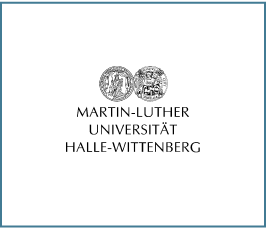3D observation of atomic and electronic structure by two-dimensional photoelectron spectroscopy
Colloquium
- Datum: 13.03.2017
- Uhrzeit: 11:00
- Vortragende(r): Prof. Hiroshi Daimon
- Nara Institute of Science and Technology (NAIST), Nara, Japan
- Ort: Martin-Luther-Universität Halle-Wittenberg, Institut für Physik, Von-Danckelmann-Platz 3, 06120 Halle
- Raum: Raum 1.04
- Gastgeber: Martin-Luther-Universität Halle-Wittenberg

The knowledge of three dimensional atomic and electronic structures is essential to understand the character of materials. Two-dimensional photoelectron spectroscopy provides a rich variety of information about 3D atomic and electronic structures especially when combined with polarized synchrotron radiation and a display-type analyzer. Display-type spherical mirror
analyzer (DIANA) [1] has been developed to measure the two-dimensional angular distribution of photoelectrons of a specific kinetic energy at once. Recently DELMA (display-type ellipsoidal mesh analyzer) [2] has been developed
for higher energy resolution measurement and also for the observation of magnified sample image.
The information of 3D atomic structure around specificatom is obtained from the angular distribution of core-level photoelectrons from the atom in x-ray
photoelectron spectroscopy (XPS). This angular distribution is called photoelectron diffraction pattern or photoelectron hologram because the pattern includes the interference effect between the direct photoelectron wave and the scattered wave from surrounding atoms. When circularly polarized x-rays are used for the exciting light the hologram can be used as stereograph of atomic arrangement around the emitter atom [3, 4].
The 3D energy band structure is obtained from the kinetic energy dependence of two-dimensional angular distribution of valence band photoelectrons. The shape of atomic orbital constituting the valence band is revealed from the symmetry of the angular distribution excited by linearly polarized ultraviolet light [5].
References
[1] H. Daimon, Rev. Sci. Instrum. 59, 545 (1988).
[2] K. Goto, et al., e-J. Surf. Sci. Nanotech. 9, 311 (2011).
[3] H. Daimon, Phys. Rev. Lett. 86, 2034 (2001).
[4] T. Matsumoto, et al., e-J. Surf.Sci. Nanotech. 7, 181 (2009). [5] R. Horie, et al., e-J. Surf. Sci. Nanotech. 13, 324 (2015).